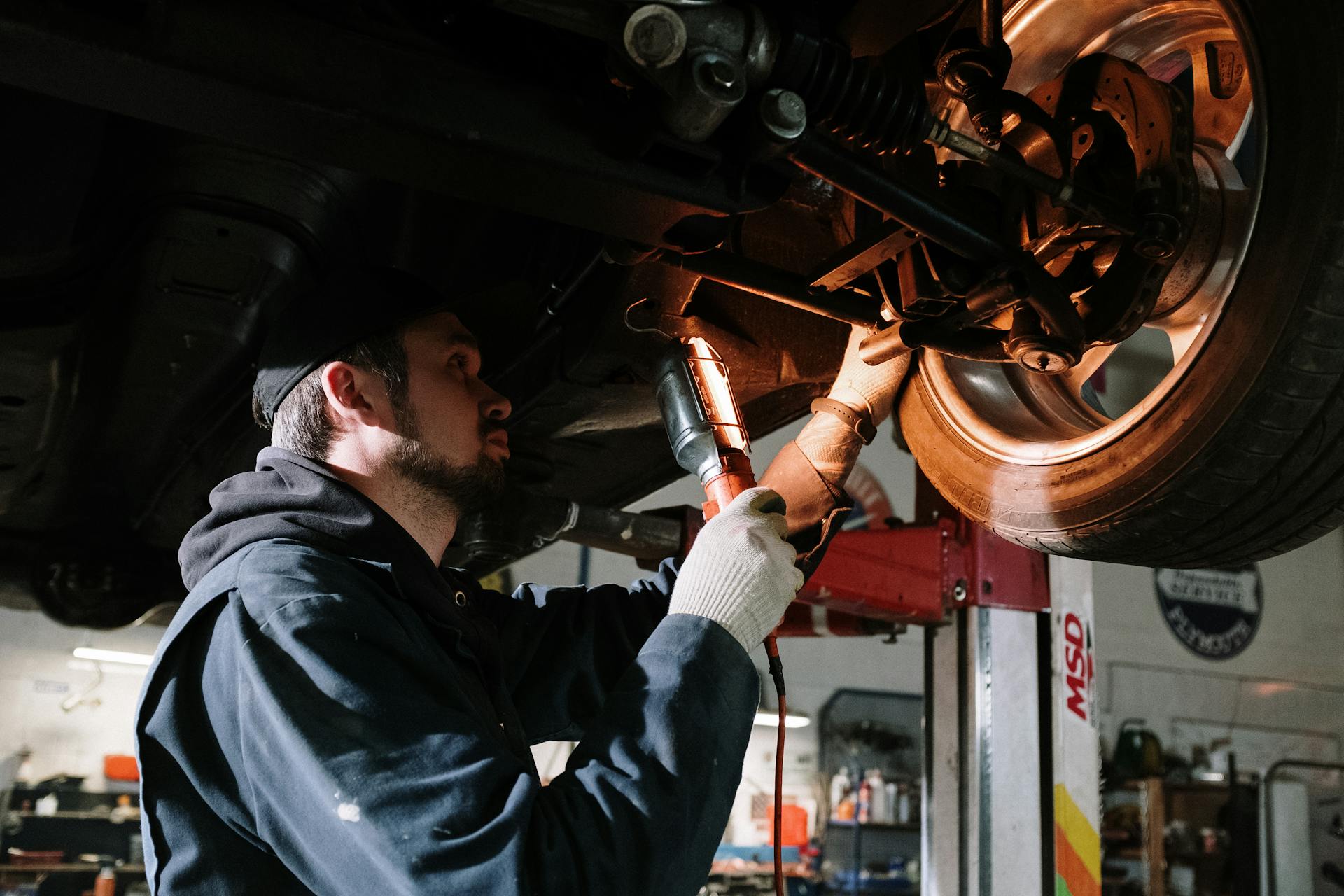Why Your Car Is Overheating and What Racers Know That You Don’t
When your car starts overheating, it’s more than just an inconvenience; it’s a warning. Many drivers panic, pull over, and wait for things to cool down without really knowing what caused the problem in the first place.
Below, we look at what racers do differently, the smart habits that keep their engines running cool under pressure, and how those same methods can help you stop overheating before it damages your car for good.
The Real Science Behind Engine Heat
Engines generate heat whenever they run, but way too much of it means something internal is facing problems. Understanding the real mechanics behind why your car is overheating can expose how simple mechanics keep engines operating safely and efficiently throughout their use.
When fuel combusts, it releases power that moves the pistons and turns the crankshaft around. Just a portion of that energy becomes movement while everything else becomes heat. Coolant takes in this leftover heat and carries it away through the radiator where it cools before cycling through again.
If that system weakens, heat builds faster than it can escape. A clogged radiator, weak water pump, or low coolant turns a normal drive into a rising temperature warning. However, the issue often begins earlier with drivers neglecting regular car maintenance or skipping simple checks.
Racers understand this balance better than anyone. They constantly measure temperatures to keep engines in the safe zone, adjusting airflow, coolant mix, and fan speed with precision. Their approach proves that staying ahead of heat is less about luck and more about discipline.
Racetrack Secrets to Staying Cool
Engines run hot because power always creates heat, but racers treat temperature like any other performance metric they can control. Their approach shows that avoiding overheating starts long before anything goes wrong under the hood, much like how performance cars manage excess heat from brake systems.
A key part of their method is handling airflow. Even a thin layer of dirt or a shut vent can trap heat inside the engine space. Yet, racers keep every gap clean so air flows easily through the radiator, taking away extra heat.
They also know the value of coolant chemistry. The right mix of antifreeze and water helps manage temperature under pressure, stopping boiling or freezing. This careful mix proves that stopping problems is not complicated, it just needs the same steady effort racers use on every lap.
What Everyday Drivers Can Learn from the Pros
Race car drivers spend years learning how to stop engines from getting too hot, but the tricks they use on the track can help regular drivers too. Most car problems happen because of habits, not parts, and small changes in how you drive can really help.
The primary habit is staying alert. Racers never dismiss warning signals, and everyday drivers shouldn’t either. Slight changes in operation, unusual odors, or a louder cooling fan frequently emerge before major overheating occurs.
Racers plan every run based on conditions, from air temperature to pavement condition. Regular drivers can do the same by checking weather, coolant, and tire pressure, or even by choosing the right steering wheel for better control.
The biggest change comes from being ready instead of waiting for the car to break. Professionals also know that being consistent outweighs quick solutions. They always follow their inspection and fluid schedules because staying organized keeps the engine healthy for longer.
Endnote
In the end, stopping your car from getting too hot is about more than coolant or quick fixes. It is about being careful, staying consistent, and building small habits that protect your car every day, just like summer heat can also affect an EV’s battery range. Drivers who learn from professional racers understand that prevention is the simplest form of real maintenance. With steady attention and consistent care, overheating stops being a problem and becomes something fully under your control.
